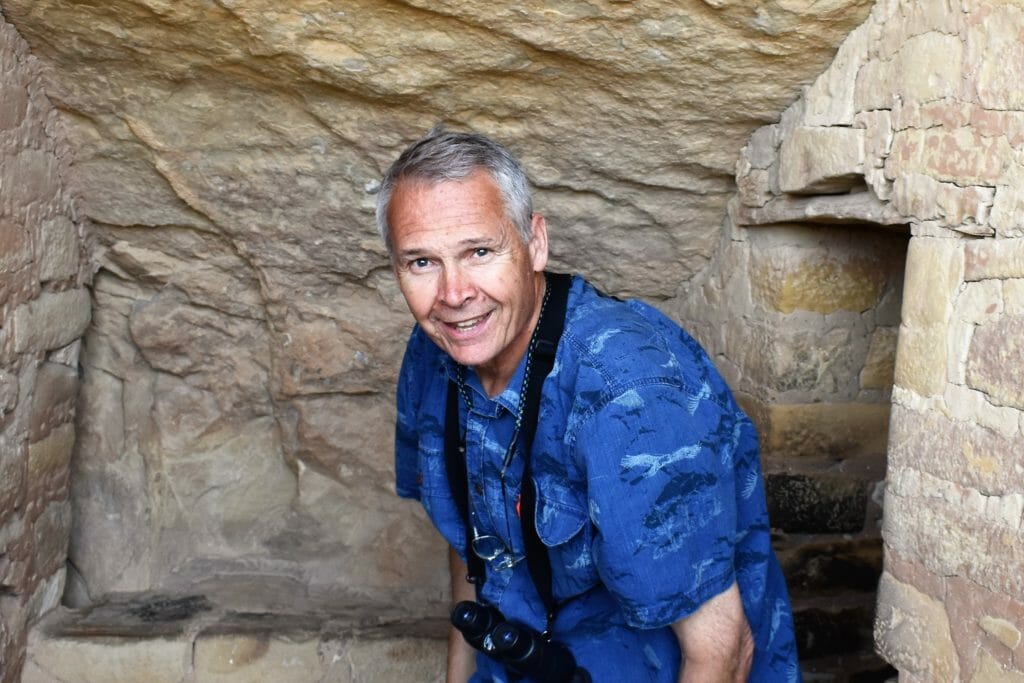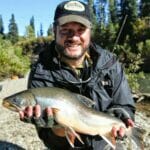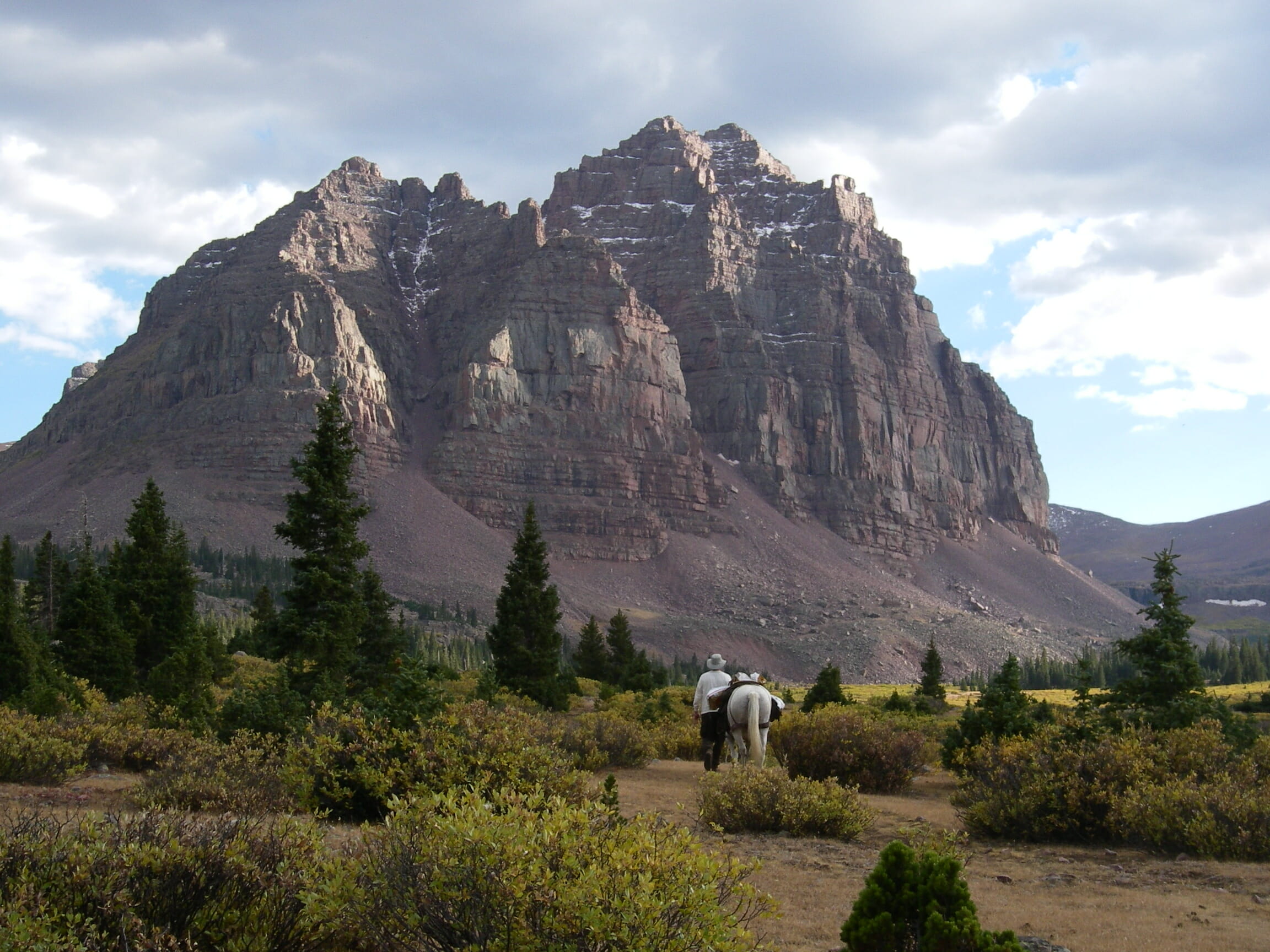By Harv Forsgren
Editor’s Note: This post originally appeared in the Salt Lake Tribune as an opinion piece in March of 2019.
In Utah about half of our national forests — over 4 million acres — are designated as “inventoried roadless areas.” When a 2001 federal rule was being drafted to guide management of roadless areas, 73 percent of Utahns who commented supported complete protection of roadless lands. These lands disproportionately contribute to: reliable supplies of water for drinking; agriculture and industry; high quality habitat for fish and wildlife; recreation opportunities such as hiking, camping, picnicking, wildlife viewing, hunting, fishing, cross-country skiing; and the state’s high scenic values and opportunities for solitude.

Keeping roadless areas healthy and intact is vital to the well being of Utahns.
Since 2001 the Roadless Area Conservation Rule has prohibited road construction and timber harvest in these areas with exceptions when a road is needed to: protect public health and safety; conduct an environmental response action; honor existing rights; or where road realignment is needed to prevent environmental damage.
Utah Gov. Gary Herbert recently took advantage of a provision of the federal rule and submitted a petition to the Secretary of Agriculture seeking development of a state-specific rule to guide management of roadless areas within Utah.
The petition asks that a substantial number of the 2001 inventoried roadless areas be removed from the list and managed as general forest lands and recommends modification of the boundaries of many of the other areas.
The petition also proposes the resulting list of inventoried roadless areas be subject to Utah-specific provisions allowing temporary road construction and logging to: reduce hazardous fuels; salvage dead or damaged trees; address insect infestations, drought, or disease; “protect public health and safety in cases of a future threat of flood, fire, or other catastrophic event” that could endanger life or property; and allow for permanent roads to provide emergency escape routes for residents of communities at risk from fire, and to maintain public utilities or water infrastructure.
Some will argue the current rule provides for most or all of these exceptions while emphasizing protection of roadless area values; nevertheless the ideas are worth exploring if Utah is willing to embrace the lessons learned by Idaho and Colorado (the only states to have produced state-specific rules) and address other underlying issues.
Key to these states’ success was commitment to providing equal or greater protection of roadless area values while addressing their citizens’ unique concerns and opportunities and use of a process that was both transparent and accessible.
That challenge might be relatively easy compared to addressing other underlying issues to accomplishing work the state would like to see done. The Forest Service is, and has been keen on reducing hazardous fuels, improving forest health and addressing current threats to life and property in Utah. The six Utah National Forests already have 1.3 million acres of forest health, hazardous fuel reduction, and public safety projects through the NEPA process and approved! About 450,000 acres of those approved projects are in the current roadless areas. The cost to implement the already approved, but still waiting for funding, work in Utah is $340 million. Lack of funding is a far greater problem limiting management of Utah’s forests than lack of access under the Roadless Rule.
I hope we take advantage of this opportunity, be a bit curious and work together to maintain or improve Utah’s roadless areas, meet some unique needs of Utaans, and secure the resources needed to manage the “natural infrastructure” we all rely upon.
Harv Forsgren retired from the Forest Service in 2013 after more than 35 years of public service. In his final assignment he served as Regional Forester for the Intermountain Region, stationed in Ogden, Utah. In that role he had responsibility for management of National Forests in Utah, Nevada, Idaho, and Wyoming.
Other Utah Roadless stories: Bill Christensen is an avid elk hunter and former regional director of the Rocky Mountain Elk Foundation. Read why roadless matters to him. Heidi Lewis finds a special solace in roadless areas and she loves sharing adventures there with her family.



